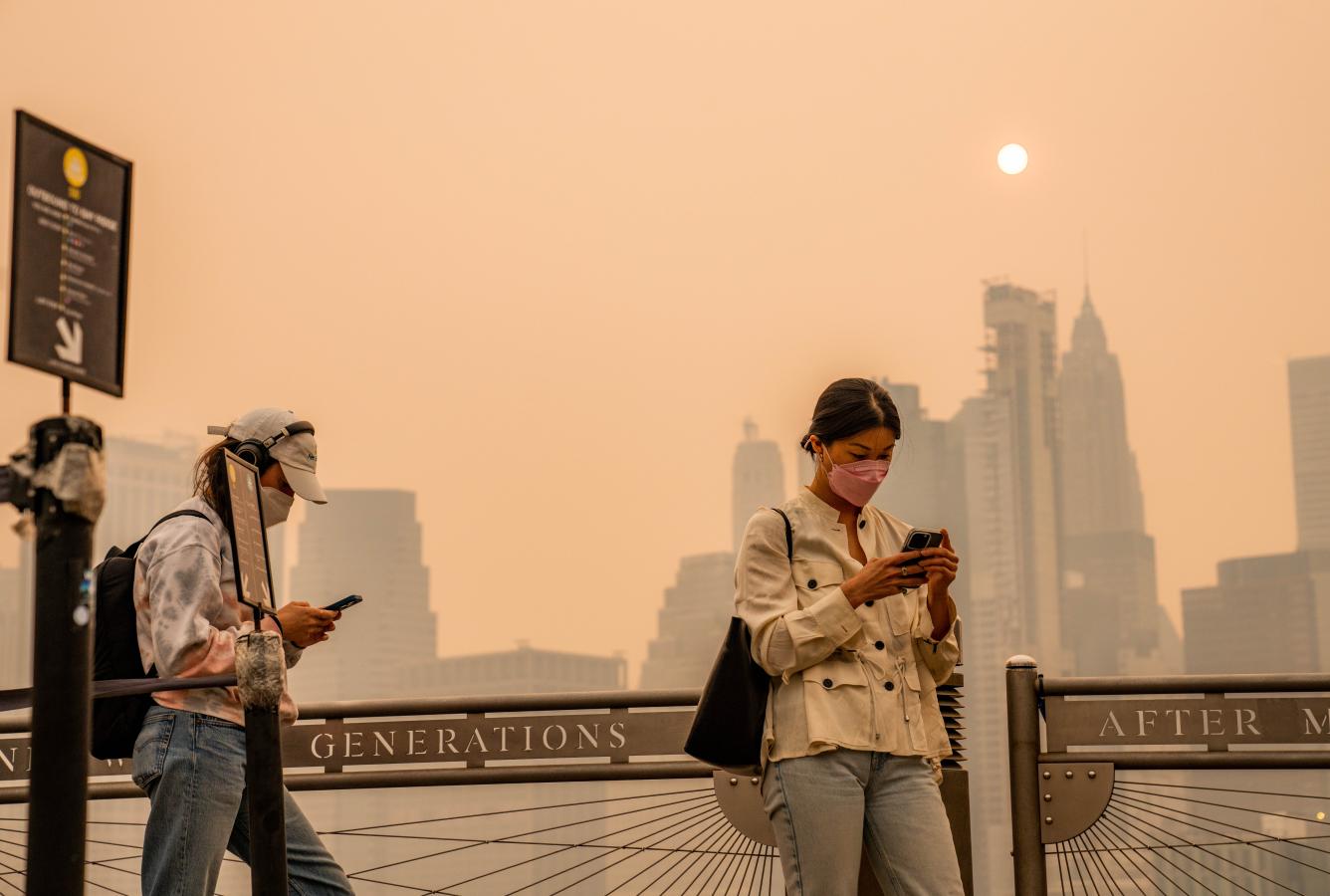High School | Daily Do
How can where and how you live affect your exposure to PM2.5?

Lesson Snapshot
This is Lesson 3 of the Using Data to Understand and Improve Health Outcomes Unit.
High school students, as scientists, use science ideas about structure and function, variation of traits, and cause and effect to answer the following driving question: How can where you live affect your exposure to PM2.5? Students begin by reflecting on which of their questions about the anchoring phenomena they can answer and which they need to investigate. They also consider how to investigate their questions. Next, students evaluate information and analyze data from multiple sources to explain the differences in case numbers and health outcomes in the respiratory disease data. Finally, students update their models to explain how differences in exposure to PM2.5 from outdoor and indoor pollution connect to the differences in health outcomes from respiratory issues globally and within the US.
Click the Download PDF button above for the complete Lesson Plan.
Materials
Student Materials
Per Student
Per Small Group (2 to 4 students)
- Computer or tablet to access online resources
Teacher Materials
Optional Teacher Resources






